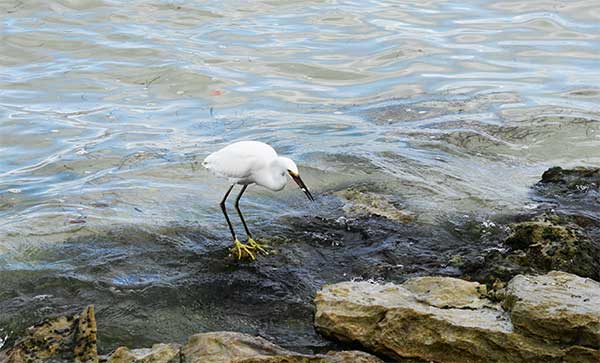- Symbiosis
What is Predation?
Predation is a symbiotic relationship in which one species survives on costuming the other species. The species that consume or win is the predator, and the species that is eaten up is the prey.

There is usually a natural balance in the populations and relationships between predators and prey. More prey means more food for the predators, more energy, and therefore more offsprings. More offsprings mean more consumption of the prey, hence reduction in the number of prey populations. Fewer prey populations mean less food for the predator, hence predator populations suffer or reduce.
In many cases, predatory animals that prey on other animals end the lives of the prey. For example, a lion will hunt for an antelope or another animal and eat them. The predator (lion) benefits while the prey (antelope) is consumed. These predators are known as carnivores, which means meat-eating organisms.
Predators do not always end the lives of their prey. One example of this is known as herbivory. Herbivory involves animals (predators) that eat plants, seeds, fruits, or roots (prey). When herbivores eat plants, they often do not kill the plant immediately but may damage them. The plants have a chance to grow back.
Some predator species can consume their species. This behavior is known as cannibalism.
